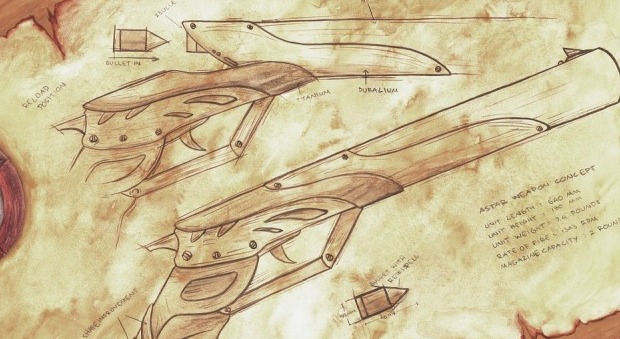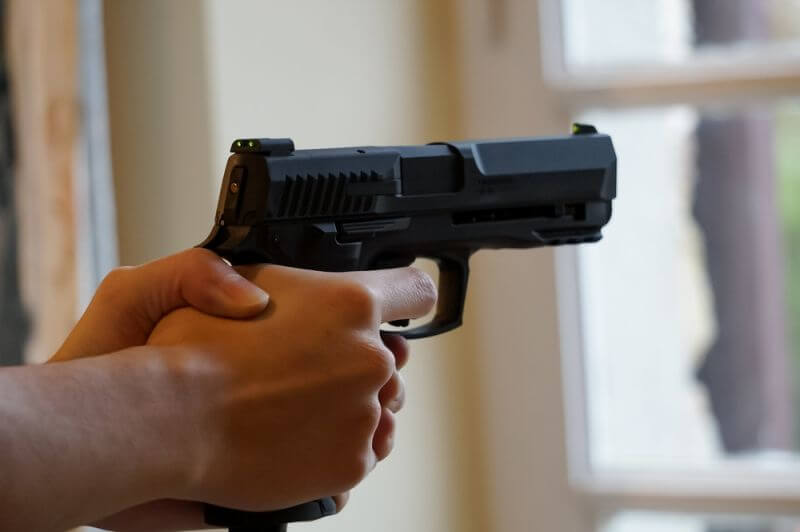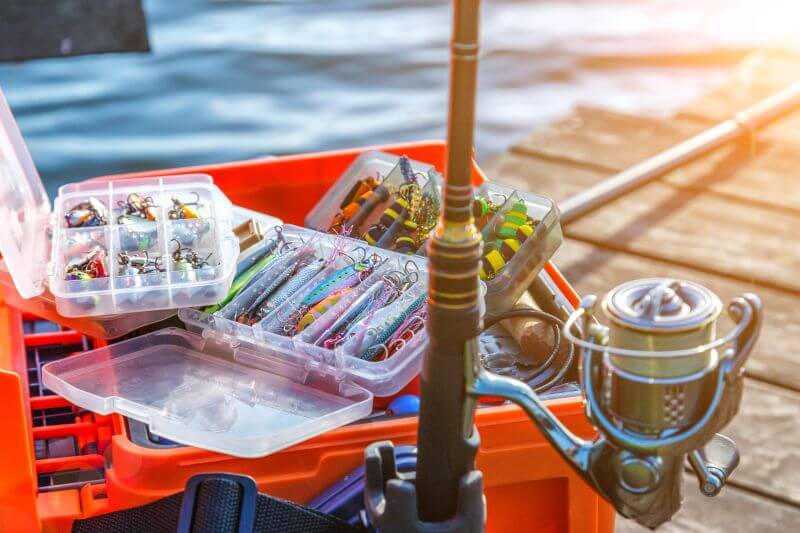Weapons are the best way to protect yourself and your loved ones. Having the proper weapon makes self-defense much easier.
You don’t have to ruin your budget on the perfect gun, but you can challenge your skills and build your own homemade weapon. Learning how to build your own weapon is a handy skill that will serve you well in a survival situation.
It may be time consuming, but you will have a weapon that will perfectly fit your needs. It doesn’t matter whether you plan to build a knife that can be held better in arthritic hands or you want to design a super gun that breaks all the rules insofar as barrel length and projectile launching methods.
This article covers a step-by-step guide on how to build your own self-defense weapons.
If you follow these steps carefully and take your time with each phase, you will produce better weapons that will meet your needs.
Choose the Purpose of Your Weapon
Start off by deciding what you want to use the weapon for. Are you planning on building a self-defense weapon that will be used within arm’s length, or do you want to be able to attack something several feet to several yards away?
When considering this question, decide how lethal you want the weapon to be. If you are the kind of person that believes you cannot kill, there is no point to making a weapon that has a high chance of taking a life. In these cases, focus more on weapons that act as diversion, or those that will wound long enough for you to make your escape.
At this stage, it is also very important to decide how much you want to reveal about the weapon when you are carrying it. Do you want something that you can completely conceal regardless of where you are? If so, then you will need to list that as a priority so that you can fully evaluate which materials will meet your needs.
Click here to get your Green Beret’s Guide To Combat Shooting Mastery & Active Shooter Defense!
Choose a Relevant System to Study
Once you know what you want the weapon to do, look at systems that have already been developed.
For example, if you know that you want to make a bladed weapon, study knives. If you want something more lethal, then go ahead and study systems that include adding poisons to the knife.
During this stage, try to find at least 100 designs so that you know as much as possible about what has been developed through time. If you are combining systems, such as a knife and a poison delivery system, make it a point to find 100 designs for both.
Narrow Your Selection to One Design
Out of 100 designs, you may only find 5 or 6 that have sufficient appeal to work with. You will need to find one design that has the most appeal, and then keep detailed notes on the other systems that may work for your needs.
Make sure that you have a clear understanding of the advantages and disadvantages of each design.
Create Your Own Design
When it comes to developing new personal defense weapons, many people are tempted to start here instead of studying other systems first. If you did your research well, you will find this step easy.
Take the time at this stage to make sure that you have all the best ideas in place for each part of the weapon. If you are going to innovate or bring in ideas from other weapons systems, make sure you understand how all the pieces will fit and work together.
At this stage, it is also very important to figure out how you will make allowances for wear, repair, and making changes based on available materials.
You should also make sure that you know what tools and skills will be required to make the weapon, use it, and maintain it.
Make a Blueprint with Scaling and Measurement Notes
There are few things worse than building a weapon without a detailed blueprint. When you don’t have a solid pattern to follow, it can be very hard to make precision parts. You will also find that it becomes all too easy to go off on a tangent.
No matter whether you get hung up on adding a style element, or you cannot seem to get the right shape for a part, a fully scaled blueprint can help keep you on track.
Make a List of Materials and Tools
Once you have a clear idea about what you are going to build, it is time to start assembling the tools and materials. You should also have a list of alternatives on hand in case you cannot obtain the items that you identified as ideal.
This list will also come in handy if you find out that you first choice wasn’t as good for one reason or another.
Create a Production Timeline
Before you begin working on the actual weapon, it is important to know how much time you plan to spend building the prototype, and then a full working version. This can help you save time as well as ensure that you make enough room for this task.
The last thing you will want to do is try to build something at the last minute, and then find out you needed far more time than expected.
Test the Materials
From polymers to metal and wood, there is a definite learning curve that you must go through. Simply reading a package or some instructions will not prepare you for all the things that come up when you work with the materials.
It is very important to know that you are comfortable with each material so that you know exactly how you are going to work with it while making the weapon.
This will also give you a chance to see if you need additional tools, or if you would be better served by using a different material.
Build a Prototype
Many people do not build a prototype because they think it is best to just aim for something that will work. When you don’t have a prototype, you waste material and time.
When you build a smaller working version, it gives you a chance to build and test your skills as well as see how everything will fit together. Even though a prototype won’t detect all your design problems, it can still be very useful.
Build a Functional Weapon
If you have been eager to build your weapon, then this stage is bound to be your favorite. Now is the time to put everything you learned plus your skills into making the finest weapon possible based on your plans.
Do not rush through this stage. Make sure that all the modules work correctly, and redo parts if they don’t come out right. Remember, your goal is a final product that will work to save your life, not put it in danger.
Test the Weapon
Once the weapon is built, you will need to test it out for strength and functionality. Each weapon design will require different testing strategies.
Do not test on live animals or other human beings. There are many ways to use dummies, blocks of wood, or other materials to see if you have a weapon that works properly.
When testing weapons, do not forget to wear adequate safety gear. Never assume that the weapon will work correctly. It is best to be well protected in case you made a mistake in the design, or something unexpected happens to turn the weapon against you.
For example, if you are working with poisons, gases, or liquids, make sure you are wearing full eye and face protection as well as an appropriate coverall and footwear.
Store the Weapon
After you know the weapon works, set it aside for a while. Give yourself some time away from the active development and building phase so that you can go back later and look at it with fresh eyes. This will also give you a chance to see how the materials change over time.
If a material is going to degrade over time or lose its usefulness, then it is best to find out before you need to use the weapon for self-defense.
Continue Testing and Studying Your New Weapon
From time to time, it is very important to test the weapon out and practice with it. This will give you confidence in using the weapon and help you find design and material flaws.
Make Modifications as Needed
If you find a problem with the design or materials, it is important to go back and fix them as soon as possible. In some situations, you may have to go back to the design and development stages and then build another version of the weapon.
As time consuming as this may be, it is better to take these steps with care and come out with something better the next time around.
Remember that a personal defense weapon should be something you feel comfortable carrying at all times. Learn from the experts the secret of self-defense. Click the banner below to grab your guide!
This article has been written by Carmela Tyrell for Survivopedia.









